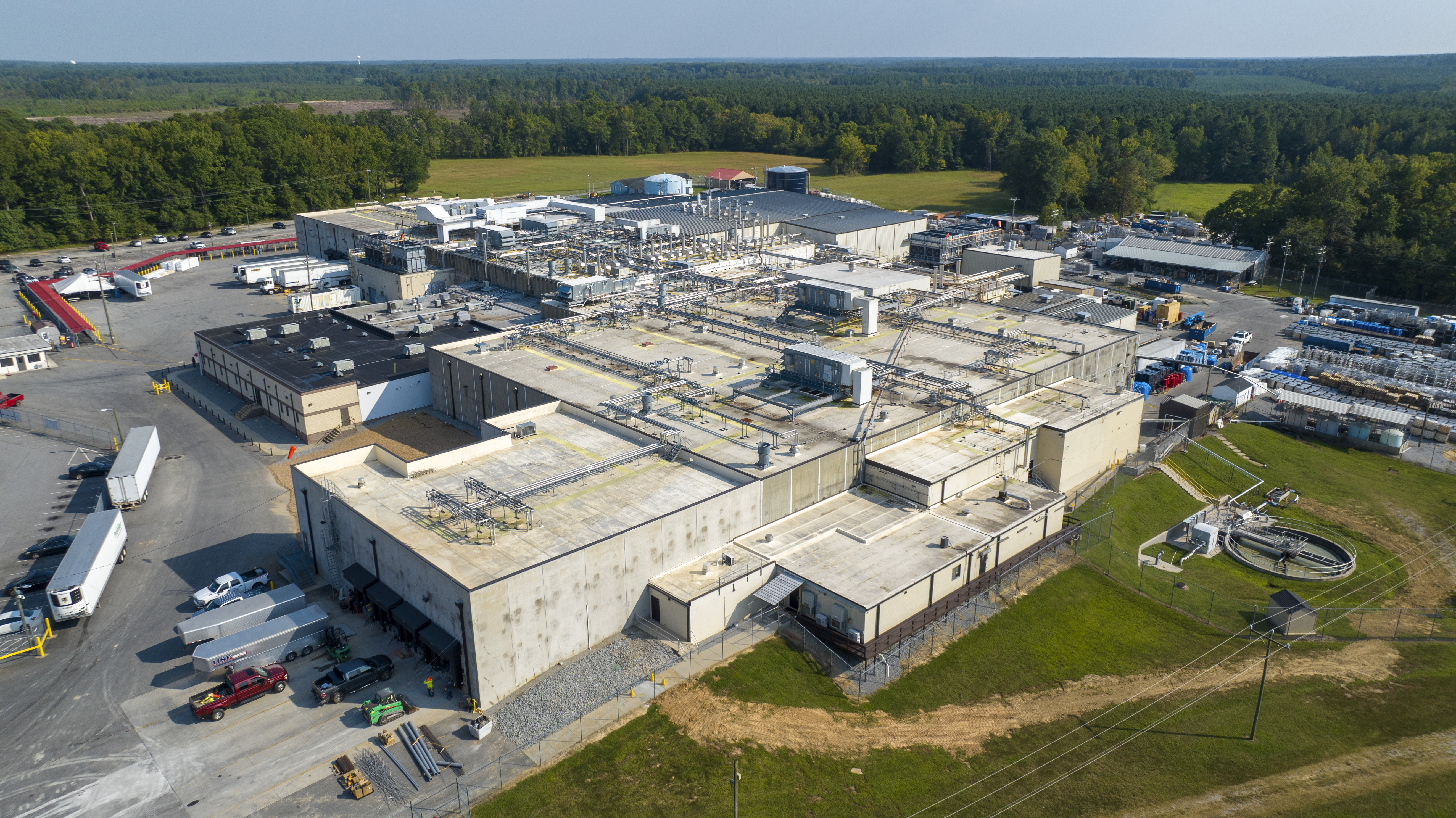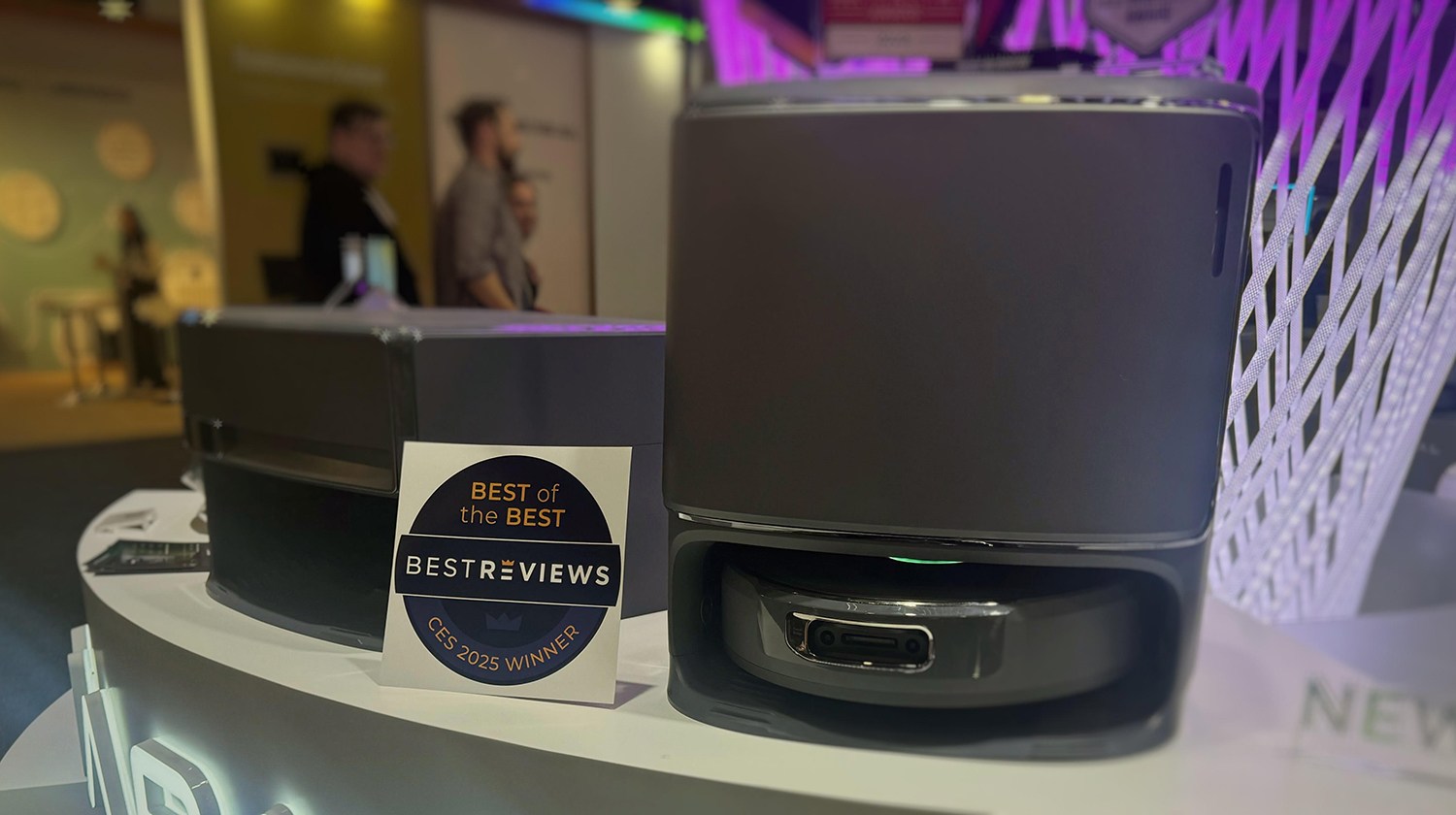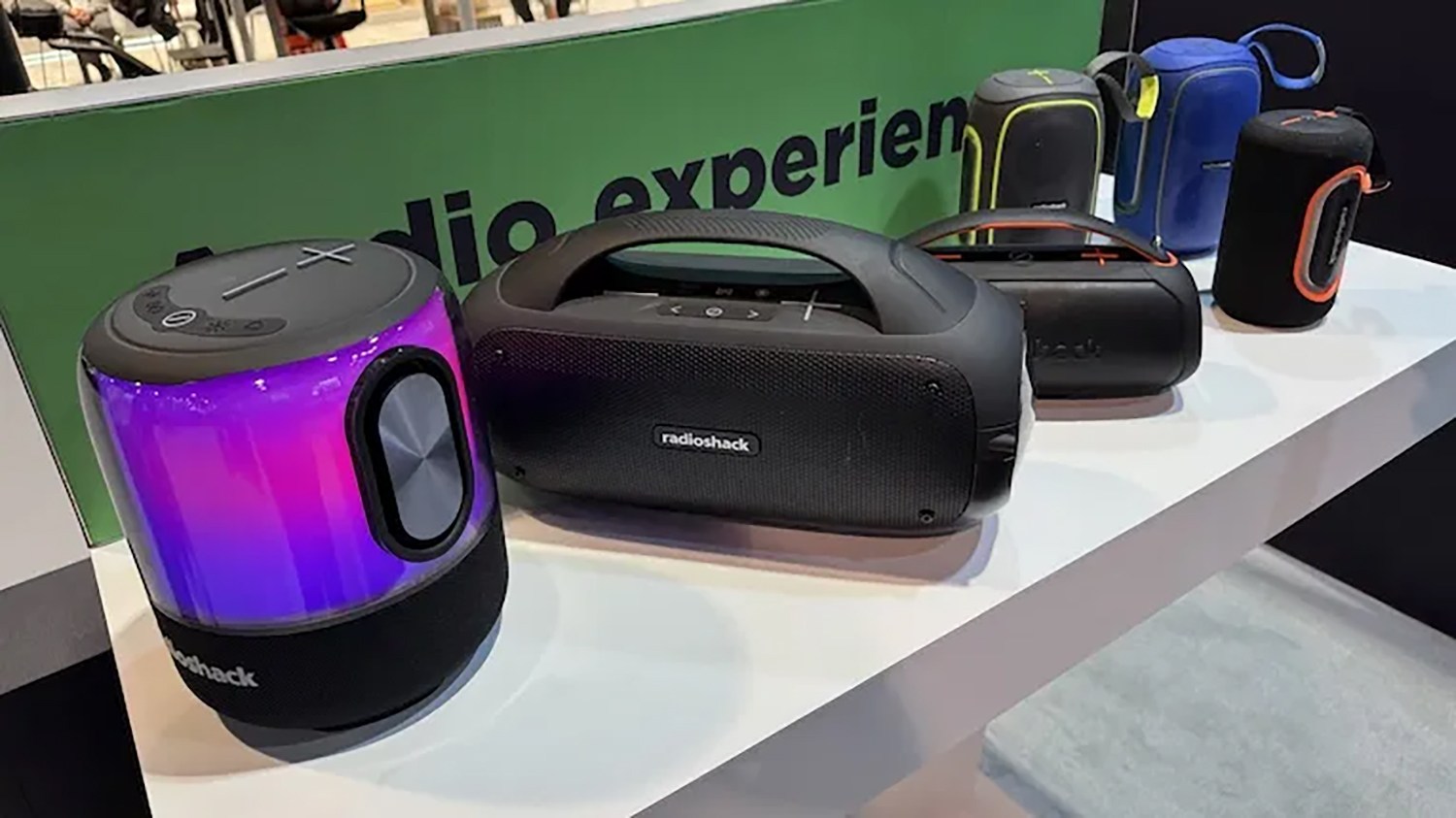HAMPTON ROADS, Va. (WAVY) – There are a lot of questions about how, or whether, the Senate and House versions of the new military budget will be able to be hashed out into a final product before the new fiscal year begins in October.
What doesn’t seem to be in question, however, is that Hampton Roads is slated to see a boom in military construction in the near future.
Both versions of the National Defense Authorization Act, or NDAA, total up to $886 billion and include hundreds of millions of dollars in military construction projects for Virginia. About $520 million of that is proposed for the Hampton Roads region.
Those range from a new submarine pier at Naval Station Norfolk and facilities to host the Navy’s new carrier-capable unmanned aerial vehicle to a maritime surveillance facility at the Dam Neck Annex. Both versions of the bill also include more than $75 million for childcare development centers on bases in Norfolk and Virginia Beach.

In a Zoom call with reporters Friday, Sen. Tim Kaine (D-Va.) highlighted the importance of those projects and their role in keeping servicemembers employed in the armed forces.
“[If] you’re in military service, you or your spouse, you’ve got kid — if you can’t afford childcare in the community, that’s then a retention issue,” Kaine said. “You may leave the job and move to another community or get a different job where you can afford childcare.”
Kaine said he had recently talked with parents of children enrolled in the child development center at NAS Oceana. Those parents, he said, gave him insight into how the struggle to find a good provider can affect their ability to think clearly on the job.
“It’s also a readiness issue,” he said. “If you’re a service man or woman, and you’ve got a child and that child was in a great day-care center, you’re not doing your job everyday with kind of one part of your brain thinking about ‘hey, what’s going on at the daycare center?’ ‘Is my babysitter going to be sick today?’”
Typically, childcare is not covered by the Navy. However, a spokesperson for Navy Region Mid-Atlantic told 10 On Your Side that the cost to servicemembers is determined on a sliding scale based on total family income.
Kaine also spoke about the issues the military faces in relation to climate change, in particular rising sea levels.
“You’ve got to build an infrastructure that’s both suitable for larger platforms but also (one) that takes into account some of the sea level rise issues,” he said. “I was touring the public shipyard about two weeks ago and they were showing me floodwalls and things that they’re doing to protect against sea level rise – and so yes, there’s funding for that.”
The component of the NDAA that will likely affect the most people is the 5.2% pay raise it gives all Department of Defense employees and servicemembers.
The primary contention between the two versions of the budget lies not in sharp disagreements over defense spending, but in a pair of controversial measures couched in the House bill. One would block TRICARE, the Pentagon’s health care provider, from paying for gender affirming care for transgender servicemembers. Another would prevent the DoD from covering transportation costs related to getting an abortion.
Kaine was confident on Friday that those restrictions would ultimately not make it into the final version.
“I don’t think the House (of Representatives) is going to say ‘look, we’ve got to have these culture war victories or we’re not going to give the military a 5.2% pay raise,'” Kaine said, “(or) ‘we’ve got to have the culture war victories or we’re not going to advance this alliance, (AUKUS – a new partnership between Australia, the US and the UK) to keep us safe, or advance the anti-fentanyl provisions.’”

























































